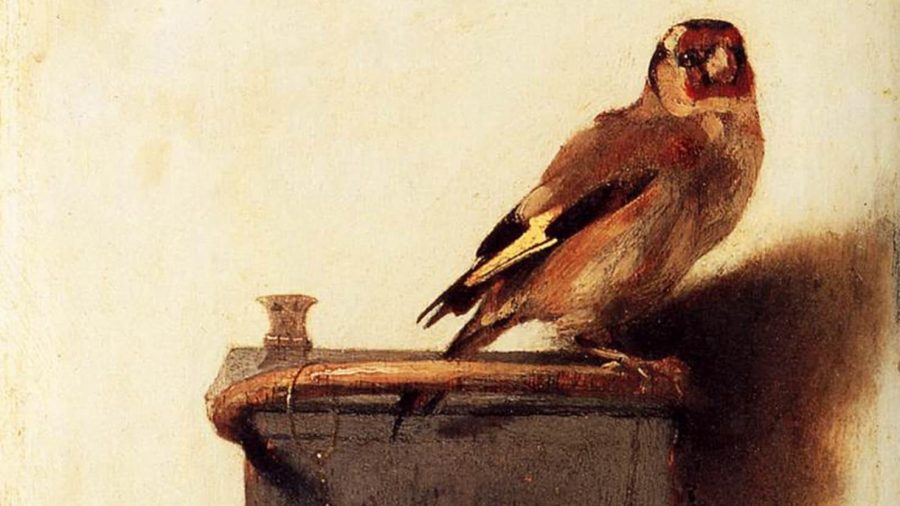by Isabel Joyce
“Maisie Dobbs” by Jacqueline Winspear, the first novel of eleven in the series, unravels an intelligent post-WWI mystery alongside private investigator Maisie Dobbs.
The book begins with Dobbs setting up her new office with the help of caretaker Billy Beale, who recognizes the young woman from a wartime hospital as the nurse who saved his life. Dobbs and Beale form an endearing partnership as they unravel their first mystery of the series.
Winspear starts the book by introducing characters, settings, and historical details, allowing the reader to discover the central question to the mystery and begin piecing together the connections alongside Dobbs, as opposed to playing the role of the audience. This contemporary style of writing mysteries dramatically contrasts and improves the more common surprise or “big reveal” endings.
Once the story establishes the mystery Dobbs has to solve, the story pauses so that Winspear can explain Dobbs’ early life and why she became a private investigator, which was an unusual occupation for a young woman at the time. Although the sudden background information in the middle of a mystery was a risky move for Winspear, for the abrupt halt in the intriguing mystery may threaten to steer away readers, she managed to weave the two stories together flawlessly; one story cannot exist without the other. The flashback into the past helps Dobbs’ character become more relatable and empathetic, for how she acts in the present while solving the mystery is highly influenced by her past experiences.
The flashback is narrated by the voice of adolescent Maisie Dobbs, who grew up with a single father into the life of a poor maid. Fortunately, her employer discovered and kindled her love of learning, enrolling her in college. Once WWI came around, Dobbs sought out service as a wartime nurse, which is where the young Maisie Dobbs forms her most valuable friendships. The wide variety and depth of characters Dobbs befriends adds to the realistic feel of Winspear’s writing; similar to real life situations, the people we meet and befriend exhibit differing personalities. In Winspear’s book, Billy Beale, a benevolent uneducated wartime veteran, works to repay Dobbs for saving his life during the war and Maurice Blanche, a clandestine and quite older man, teaches Dobbs in her early life how to read people’s body language. During the war, Dobbs discovers what kind of person she wants to be through her unforgettable friendships and harsh experiences in the hospital.
Dobbs’ experiences as a nurse push her to continue helping out people in need of her services, which is why she becomes an investigator after the war. After Winspear establishes the true identity of Maisie Dobbs, she brings the story back around to the mystery, which seamlessly connects Dobbs’ past and present to help solve the mystery.
Winspear has a particular style of writing where everything she has her characters say or do connects to another scene in the novel. It’s a fitting style for a mystery book and allows the reader to piece the mystery together with Dobbs instead of being completely surprised at the end.
In regards to Maisie Dobbs, her intelligent, thoughtful, and kind personality make her an exemplary role model and a beloved character. The unforgettable characters and suspense of the mystery made for an incredibly fascinating read.
Categories:
The Bookshelf: "Maisie Dobbs" excites readers in post-WWI mystery
November 3, 2015
0
Donate to The Newtonite
More to Discover















































